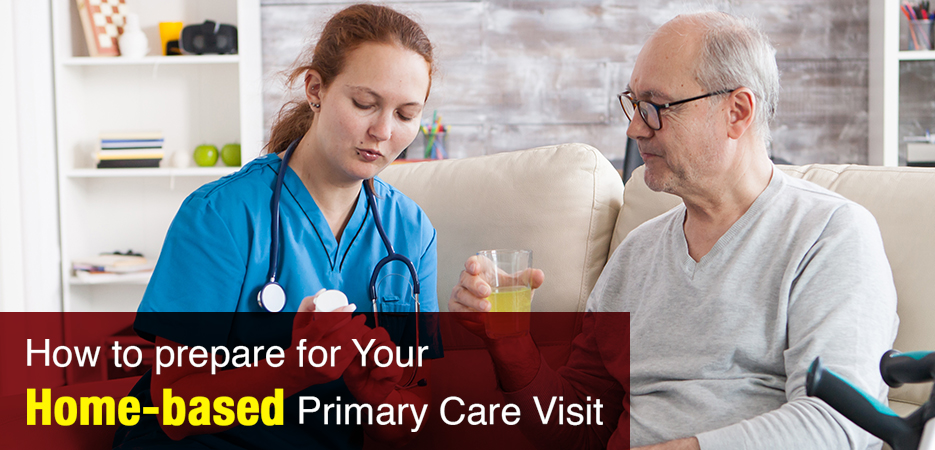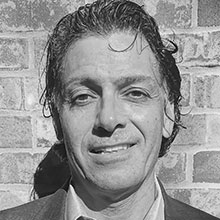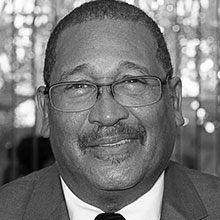Home-based Primary Care: what is it and how does it work? Home-based Primary Care is not new, but it is back to the future. It is a home visit by your Primary Care Provider (PCP) like they used to do back in the day. In fact, this is where the American healthcare model first began in the 1600-1700s before there were what we call Doctors today.
1600 to 1700s
In the 1600s to 1700s the “Doctors” then were called domestic healers. These healers were anyone who treated another person at home or go to a neighbor’s home to help with an injury, illness, and childbirths. Most of these healers were women. Their training was handed down from someone, mainly in the family, who had been doing the same and learned many things along the way. This was the way it was in rural America before people began moving to communities in towns and cities where there was more work and opportunities.
At the same time, there were also those persons, mainly men, who had some form of semi-formal training from a “Doctor”. These “Doctors” traveled a circuit going from town to town making house calls. They learned their craft from others who called themselves Doctors, learning from others informally. Those who considered themselves as surgeons were Barbers, which is why they had the red and white swirling post in the front of their shop. This meant that not only were they Barbers, but they also cut skin for the purpose of curing diseases.
No More House Calls
In 1765, the first formal medical school was the College of Philadelphia, where they began teaching anatomy and physiology. The nature of the country was beginning to change because there were now many small and some larger cities growing in the 13 colonies. As people started moving to cities because opportunities were greater, more Doctors began using fixed offices to see patients within the city, especially those Doctors with formal training. As such, people began going to the Doctor’s office. Over time, and as populations and cities grew, house calls began to come to an end. However, it never completely vanished; it just became unfashionable. As organized, coordinated healthcare grew in the US, so did the demands of a proper medical education, advanced training, and more technology. We also saw the formation of clinics and greater sophistication and deliverables within hospitals. More and more Doctors went into specialties rather than primary care because they got paid more and did not need to see as many patients.
“To bring superior healthcare and dignity to those who choose to age in place – for life.”
Back to the Future
In healthcare, as in so many industries and life in general, things begin to circle back to where they started but with greater refinement and complexity. No difference with primary care. With all the failed efforts that have occurred to control the cost of care – e. g. HMOs – the once frowned-upon PCPs began to reappear as all stakeholders began realizing that house calls, as well as PCPs, could deliver better and more focused care at a lower cost, and keep people from admissions to hospitals, Emergency Departments, and senior care facilities.
21st Century House Calls
In 2021, house calls are returning, especially after COVID-19. Seems like an irony. Why? During the pandemic, people were told not to go to the doctor’s office. With this, Telemedicine flourished. However, what it demonstrated is that a visit to the established Doctor’s office really was not necessary and that house calls supplemented with Telemedicine could be a “new” standard of care.
How to Prepare for the House Call
The house call is critically important to set the care needed for you. Your initial house call, when done correctly, should be provided by a medical doctor (MD), a doctor of Osteopathy (DO), a Certified Advanced Nurse Practitioner (ANP), or a Certified Physicians’ Assistant (PA). And – the ANP and PA must be listed as Primary Care Providers, which means they have received special training in this field of study.
Preparation Tips:
- Safety: Make certain you know in advance the identity of the person coming for the visit. Confirm this with the entity sending them to your home.
- Questions: There are always questions you want to ask and too often you may forget to ask them. It is best to write them down in advance, and if there is an electronic patient portal, send it to the provider before the visit.
- Caregiver/Family/Friend: It is always best to have someone else with you during the visit. People get nervous during a medical visit and you may not hear everything being said at the time. Having someone else present will help resolve this.
- Medications: Have all your medications out and ready for review. Make certain you understand what the medications are for. If not, this is the time to ask.
- Diagnoses: Do you know and understand your diagnoses? This is when you want to learn about your condition(s).
- Treatment(s): Why are you receiving this treatment – ask!
- Follow-ups: You want to know when and how the follow-ups are going to be done: in-person or by Telemedicine. If the latter, make certain you have the required equipment.
- Payment: Do not get caught off-guard needing to make a payment at home. Establish what the payments are prior to the visit. Discuss this with the home office first or with your insurance. Find out what the co-pay is and be prepared to pay over the phone or by computer in advance if possible. Make certain they take your insurance – first.
- Specimens: Find out if the PCP is going to request a urine or blood sample at the visit. Depending on the answer, prepare yourself. Example: if they will need blood work, do you need to be fasting? If a urine specimen is required, do not empty your bladder before the visit.
- Social Health Determinants: Ask your provider about this. Better yet, read about them first, then ask the provider about it.
Keep track of your questions and the information shared during your provider visit with our free Doctor Visit form – get your copy here!














